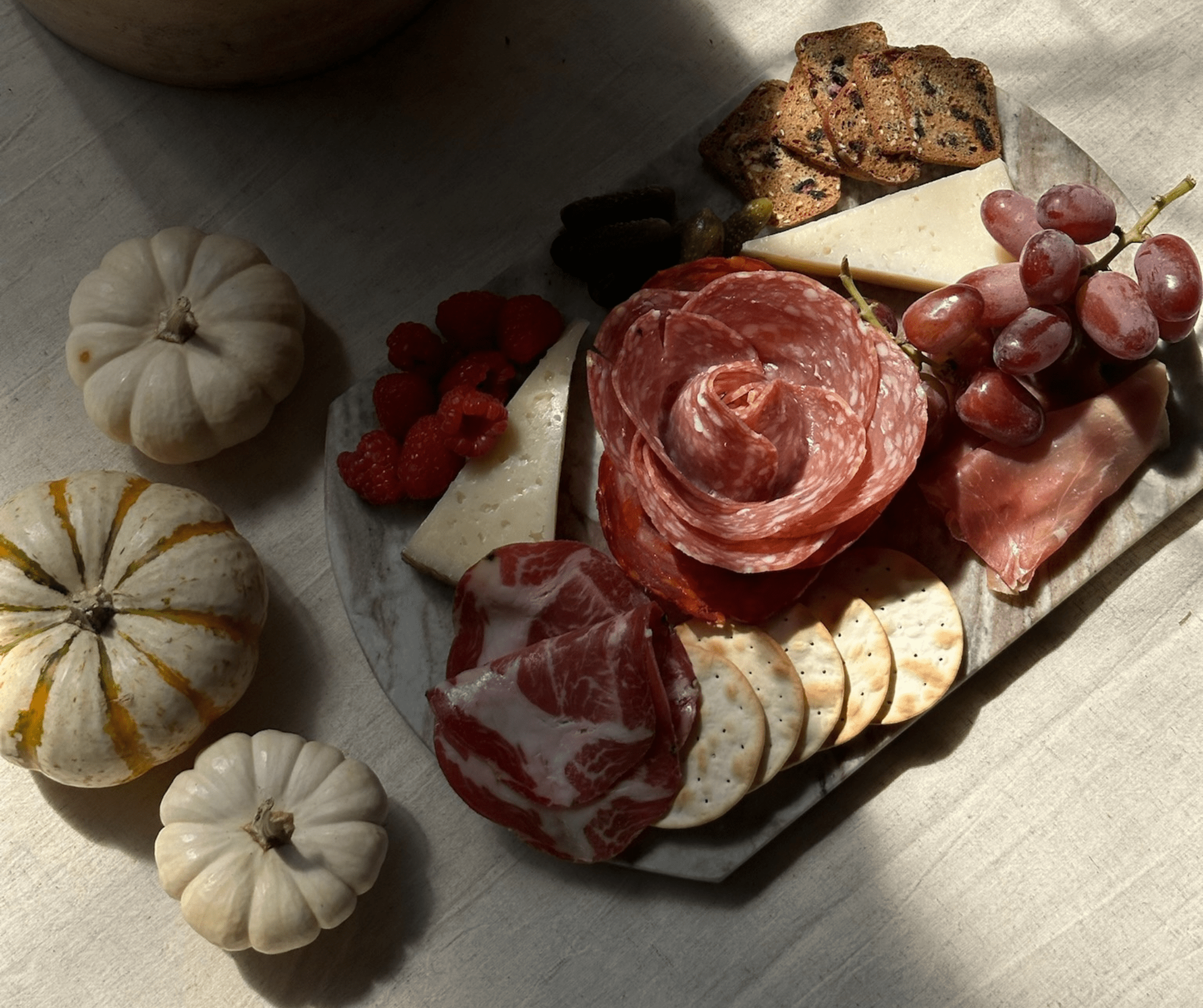In the heart of every kitchen, the marble cutting board stands as a symbol of culinary elegance and functionality. To preserve its timeless beauty and ensure a hygienic culinary canvas, mastering the art of cleaning is paramount. In this comprehensive guide, we delve into the intricacies of how to clean your marble cutting board, offering insights, techniques, and best practices for maintaining its pristine condition.
The Importance of Maintaining Your Marble Cutting Boards
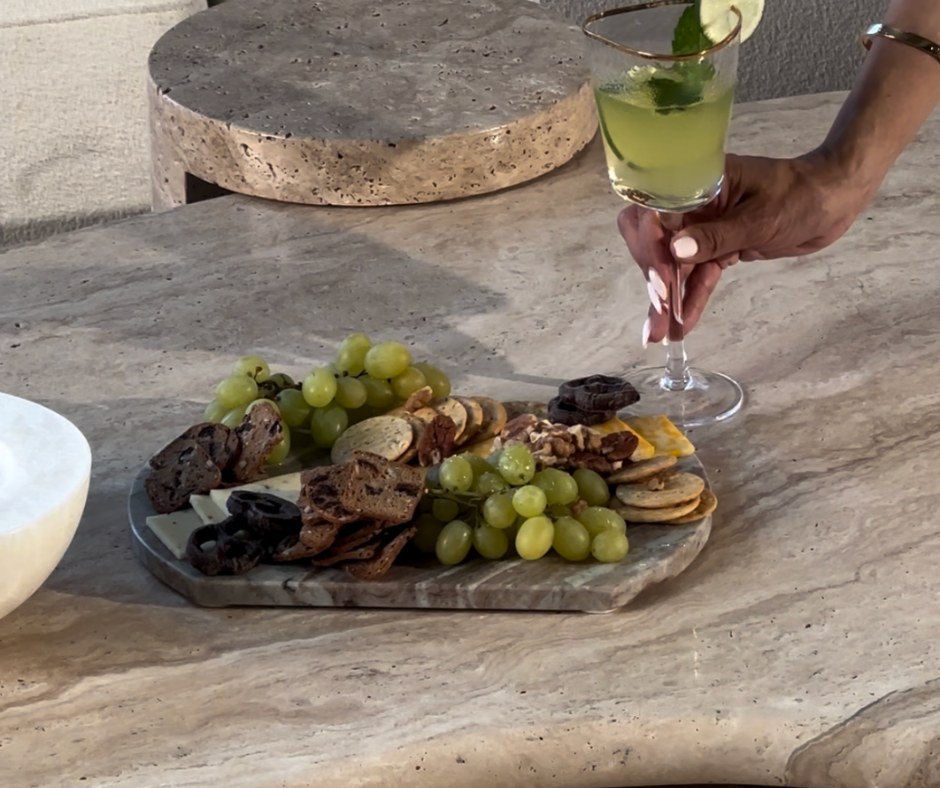
Cleaning your marble cutting board is not just a matter of aesthetics; it's a crucial step in preserving both its beauty and functionality. Different from a plastic or wooden cutting board, marble has a porous nature that is susceptible to stains and bacterial growth, making regular cleaning imperative for maintaining a hygienic kitchen environment. Additionally, the cool and smooth surface of the marble cutting board, ideal for precision tasks, can be compromised by residue buildup if not cleaned properly.
Neglecting the cleaning process may lead to the development of odors, the dulling of its natural luster, and the risk of cross-contamination. By embracing a consistent and thoughtful cleaning routine, you not only safeguard the elegance of your marble cutting board but also ensure a safe and sanitary space for your culinary creations, ultimately extending the longevity of this culinary centerpiece.
The Essential Tools For Cleaning Your Marble Cutting Boards
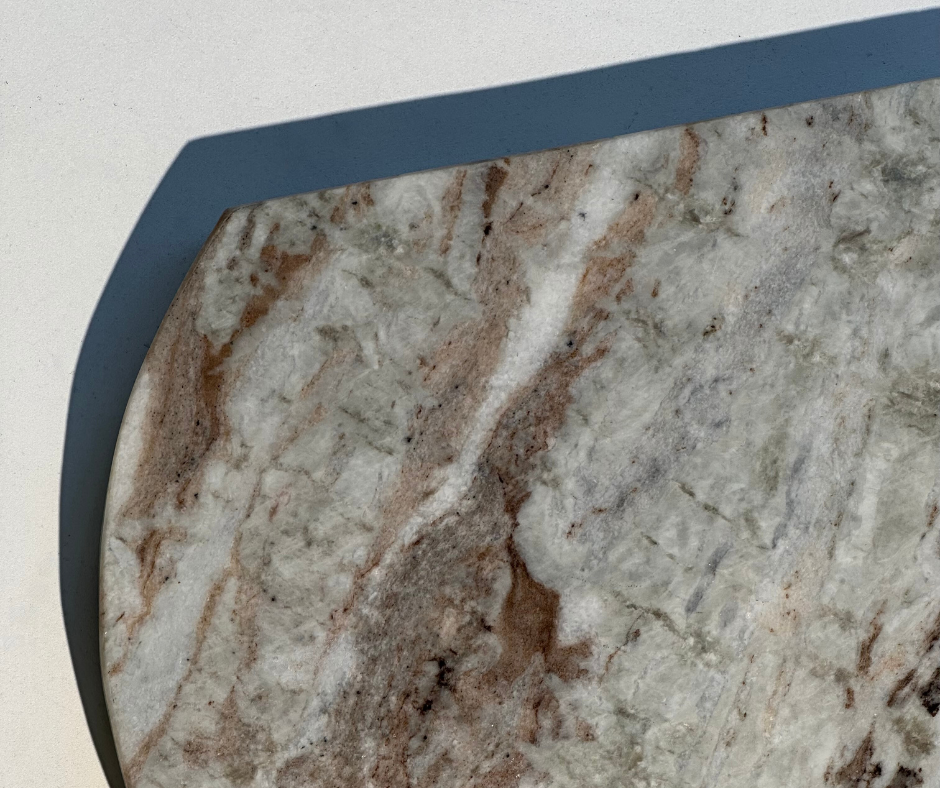
Mild Liquid Dish Soap
Opt for a pH-neutral, gentle dish soap to avoid any harsh reactions with the marble.
Warm Water
A lukewarm water bath forms the foundation of the cleaning process.
Soft Sponge or Cloth
Choose a non-abrasive sponge or cloth to prevent scratching the marble surface.
Distilled White Vinegar
An excellent natural cleaner, white vinegar helps eliminate stains and disinfect. It is best to dilute with water.
Baking Soda
This mild abrasive can assist in lifting stubborn stains without harming the marble.
Food-Grade Mineral Oil or Marble Sealer
A periodic application helps maintain the marble's natural luster and provides a protective barrier.
The Step-by-Step Cleaning Process
1. Clear the Surface:
Begin by removing any loose crumbs or food particles from the surface of the cutting board. It is best to clean your marble with a smooth surface, as to avoid causing any scratches.
2. Prepare a Gentle Soap Solution:
In a basin or sink, create a solution of warm water and a few drops of mild dish soap. Avoid using excessive soap, as it can leave a residue.
3. Gently Clean the Surface:
Dip the soft sponge or cloth into the soapy water and delicately clean the entire surface of the marble cutting board. Use circular motions to lift any grime or residue.
4. Address Stubborn Stains with Vinegar:
For stubborn stains, create a mixture of equal parts white vinegar and water. Apply the solution to the stained area and gently scrub with a soft brush or sponge. Vinegar's acidic nature helps dissolve stains without harming the marble.
5. Tackle Residue with Baking Soda:
If there are persistent stains or odors, create a paste using baking soda and water. Apply the paste to the affected areas, let it sit for a few minutes, and then scrub gently.
6. Rinse Thoroughly:
Once the cleaning process is complete, rinse the cutting board thoroughly with warm water to remove any soap, vinegar, or baking soda residue.
7. Pat Dry with a Clean Cloth:
Using a clean, dry cloth, pat the marble cutting board dry. Avoid air-drying, as this can lead to water spots.
Avoid using any harsh chemicals or acidic substances on your marble cutting board, as it may cause permanent damage.
Frequently Asked Questions
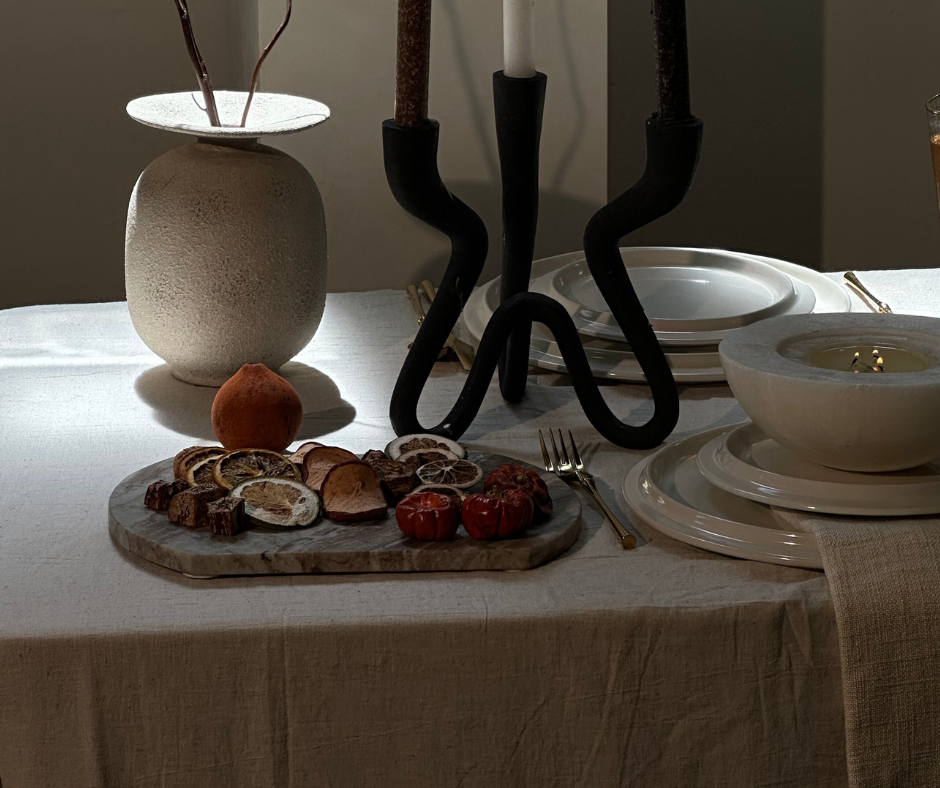
Why choose a marble cutting board over other materials like wood or plastic?
Marble cutting boards offer a unique blend of aesthetics and functionality. They provide a cool surface for precision tasks, are knife-friendly, and have a timeless elegance that enhances kitchen aesthetics. Unlike wood cutting boards or plastic cutting boards, marble is non-porous, making it more hygienic, and it adds a touch of sophistication not found in plastic alternatives.
Do marble cutting boards require special care?
Marble cutting boards benefit from specific care practices. Avoiding acidic substances, using mild cleansers, and drying promptly after cleaning helps maintain their beauty. Additionally, periodic resealing can protect the surface and enhance its longevity.
Does using a marble cutting board dull knives?
Marble is softer than some cutting board materials, which can be beneficial for knife longevity. While it may not dull knives as quickly as harder surfaces, it's still essential to regularly sharpen your knives to maintain optimal cutting performance.
Can I use a marble cutting board for hot items or as a serving platter?
Marble has natural temperature-retaining properties, making it suitable for tasks like rolling out pastry dough or tempering chocolate. However, sudden extreme temperature changes should be avoided. While marble cutting boards can be used for serving, ensure the surface is clean and free from any potential contaminants.
Are there any foods that should be avoided on a marble cutting board?
Marble is sensitive to acidic substances, so it's advisable to avoid cutting acidic foods like citrus fruits directly on the surface. Additionally, highly pigmented foods may stain the marble, so it's recommended to clean the board promptly after cutting such items.
The Value In Caring For Your Cutting Boards
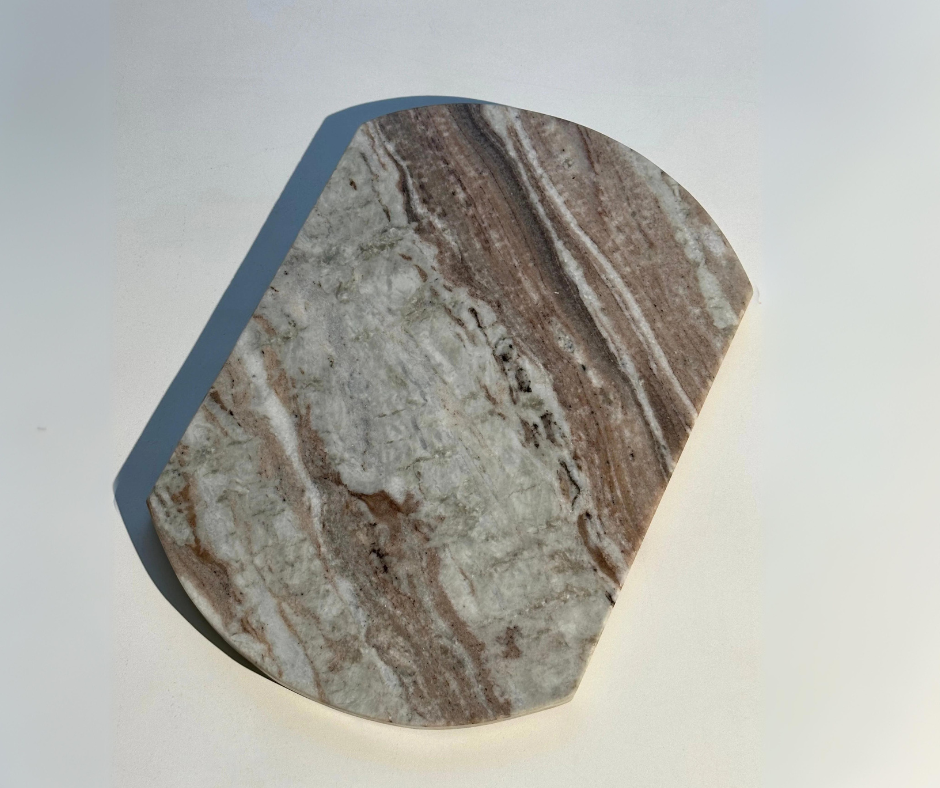
The importance of cleaning your marble cutting board lies in the intersection of aesthetics, functionality, and hygiene. Regular cleaning not only safeguards the pristine beauty of the marble, preserving its unique veining and elegance but also ensures a safe and sanitary culinary workspace. The porous nature of marble makes it susceptible to stains and bacterial buildup, making cleanliness paramount for maintaining a hygienic kitchen environment.
Beyond the practical benefits, the act of cleaning becomes a ritual that honors the craftsmanship of this culinary tool, contributing to its longevity and serving as a testament to the meticulous care applied in your kitchen. Ultimately, the cleanliness of your marble cutting board reflects a commitment to both culinary excellence and the overall well-being of your kitchen, creating a space where aesthetics and functionality seamlessly coexist.
Looking for the perfect marble cutting board? Our Organic Stone Marble Cutting Board blends aesthetic and resilience all in one. Visit our website to learn more about this stunning kitchen accessory.




